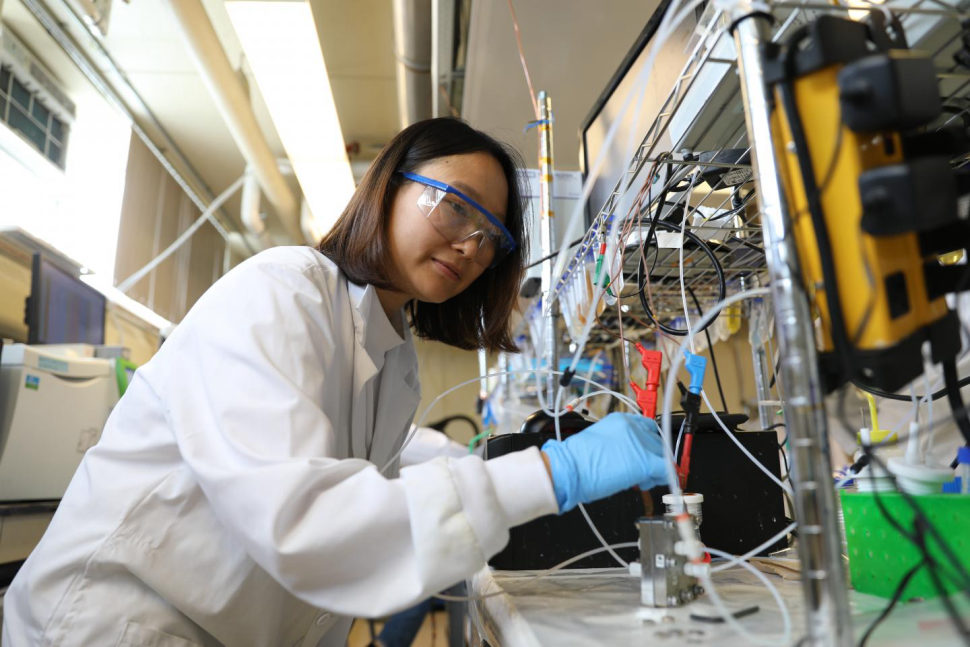Researchers at the University of Toronto‘s Faculty of Applied Science and Engineering recently developed a new electrochemical path that allows for the conversion of carbon into other useful products.
“Today, it is technically possible to capture CO2 from the air and, through a number of steps, convert it to commercial products. The challenge is that it takes a lot of energy to do so, which raises the cost and lowers the incentive. Our strategy increases the overall energy efficiency by avoiding some of the more energy-intensive losses.”
Professor Ted Sargent, the lead researcher of the team, was quoted as saying. Sargent and his team claim that their technology could be significant in our quest to reduce carbon emissions in our planet’s atmosphere.
The Canadian researchers’ work is just one of the many efforts around the world that aim to capture the excessive amounts of carbon dioxide in the air and recycle them into new commercial products like fuel and plastic.
New Electrochemical Path
In their paper published in the journal ACS Publications, the researchers described how the new electrochemical path that they developed could make CO2 gas fully recyclable.
Turning CO2 into liquid fuel is a lengthy and costly process. Companies usually capture carbon using liquid solutions. CO2 molecules get dissolved in the liquid, turning it into a substance called carbonate.
The carbonate is then mixed with other chemicals to turn it into solid salt. After that, the salt powder is heated to 900 degrees Celsius to turn it back into CO2 gas that can undergo further transformations.
The process indeed produces fuel, but because of the costly heating method, the product ends up being expensive. Sargent and his team want to eliminate this issue.
The Process
The team’s method uses an electrolyzer to trigger chemical reactions. In their previous experiments, the team had used the electrolyzer to turn water into hydrogen.
This made them realized that they could also use it to dissolve carbonate (carbon-rich liquid) into CO2, eventually skipping the whole heating process.
Aside from this, the electrolyzers silver-based catalyst can also convert CO2 into syngas, a gas mixture that can be transformed into a wide variety of products like fuel and plastic. Sargent added:
“This is the first known process that can go all the way from carbonate to syngas in a single step.”
Initial demonstrations showed that the electrolyzer could turn carbonate into syngas at 35 percent overall energy efficiency while remaining stable for over six days of operation.
The team admits that more work is needed to make their technology viable for commercial use, but they believe that the results prove it could be an alternative path for direct-air carbon capture.


















Comments (0)
Most Recent